Key deer are the smallest deer in North America. These little deer are found exclusively in the Florida Keys area, and are restricted to the stretch between Sugarloaf Key and Bahia Honda Key. This subspecies of white tailed deer is considered endangered by the U.S. Endangered Species Act. It is estimated that there are between 950 and 1,100 individuals left in the population. Read on to learn about the key deer.
Description of the Key Deer
The easiest way to recognize this subspecies is by their small stature. They stand at just 26 – 30 inches tall at the shoulder, and usually weigh no more than 75 pounds or so. Their fur tends to have a reddish or greyish hue to it, rather than the standard brown coloration of other white tailed deer. Another distinguishing characteristic of this subspecies is their antler development. The velvet that grows on their antlers is distinctly white in color.
Interesting Facts About the Key Deer
This little subspecies is threatened by a number of factors, including habitat loss and vehicle collisions. These mammals are part of a threatened population in a restricted habitat; learn more about what we can do to help them.
- Baby Deer – One of the contributing factors in any threatened species tends to be the speed at which they can reproduce. Birth rates, or the number of offspring produced in a single year, can impact how quickly a population will increase. Unlike other white tailed deer species, Key deer usually only give birth to a single fawn, rather than twins.
- Poor Genetics – One of the possible reasons for this poor reproductive rate could be genetics and inbreeding. When population numbers get very low it can create a genetic bottleneck, where only so many positive genes are spread. This bottleneck likely occurred in the 1950s, when the population declined to approximately 25 individuals.
- Drive Cautiously – While there are a number of factors at play, vehicular collisions are a serious danger to these mammals. Approximately 70% of mortalities are due to car strikes. Besides driving cautiously, avoiding feeding these creatures can help keep them from being hit by cars. Deer that are fed become habituated to humans, and thus, cars.
- Disease – Another unfortunate side effect of bottleneck genetics is the inability to fight disease as effectively. This came into play in 2016 when an eighth of the population (135 deer) were killed by an outbreak of screw worm. This horrible parasite enters an open wound, and eats the flesh from the inside out. Thankfully this outbreak was eradicated in 2017.
Habitat of the Key Deer
There are a number of different habitats within the range of this subspecies. They are not particularly picky, and can be found across a number of different ecosystems. These deer are commonly found in pine rocklands, freshwater wetlands, hardwood hammocks, and mangroves. Some are also found in urban areas, but this puts them in danger of being struck by cars or attacked by dogs.
Distribution of the Key Deer
In the past, this subspecies could be found across the entire southern stretch of the Florida Keys. At that time, their only restriction was areas with standing fresh water to drink.
Nowadays habitat destruction has eradicated these creatures in most of their natural range. Today they are found only from Sugarloaf Key to Bahia Honda Key, with the majority of their population on Big Pine Key and No Name Key.
Diet of the Key Deer
Key deer are herbivores, which means that they primarily eat plants. While they feed on a wide variety of plants, their primary source of food is thatch palm berries, red mangroves, black mangroves, and white mangroves.
When habitat destruction is particularly prevalent, this species will feed on non-native plants in urban areas. The most reliable source of drinking water can usually be found in pine rockland habitats.
Key Deer and Human Interaction
Unfortunately, humans have not historically been kind to Key deer. Until hunting was banned in 1939, Native Americans and passing ships killed these mammals for food. Once urbanization of the Florida Keys began, habitat destruction spread.
By the 1950s there were just 25 individuals left in the entire population. Though they have bounced back with protection, continued land development and vehicular collisions remains a serious threat to the subspecies.
Domestication
The Key deer has not been domesticated in any way.
Does the Key Deer Make a Good Pet
As an Endangered species, it is highly illegal to own a key deer as a pet.
Key Deer Care
The only key deer in a zoological setting are kept at Tampa’s Lowry Park Zoo. Their deer was abandoned as a fawn, and raised by zoo staff to teach the public about the plight of this subspecies.
Their care remains relatively similar to other white tailed deer, but they could potentially be housed in a smaller environment. While white tailed deer can be found in a huge variety of habitats, but in a zoological setting key deer should be provided an enclosure that replicates their natural habitat.
Behavior of the Key Deer
Like some other populations of white tailed deer, key deer can become quite habituated to human contact. They have little fear of humans, and are commonly seen grazing in backyards and gardens. Unfortunately this is quite dangerous, as urban areas have more cars. Areas along the sides of roads tend to have well manicured grass and plants, attracting these deer to feed.
Reproduction of the Key Deer
This subspecies will reproduce year round, but the greatest breeding activity occurs October through December. Females have a gestation period of approximately 200 days, and usually give birth to a single fawn. The young fawns weigh just 2 pounds at birth! Mothers may form loose groups with a few generations of offspring, but bucks will leave when they reach sexual maturity.

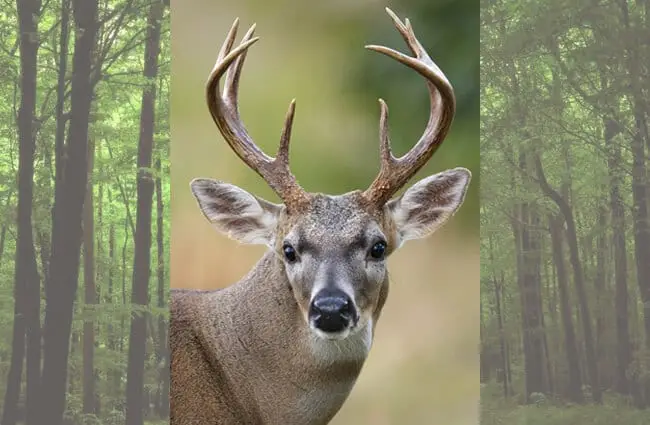
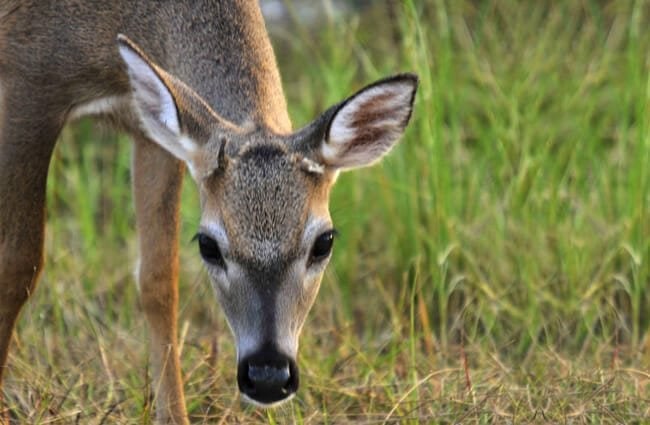

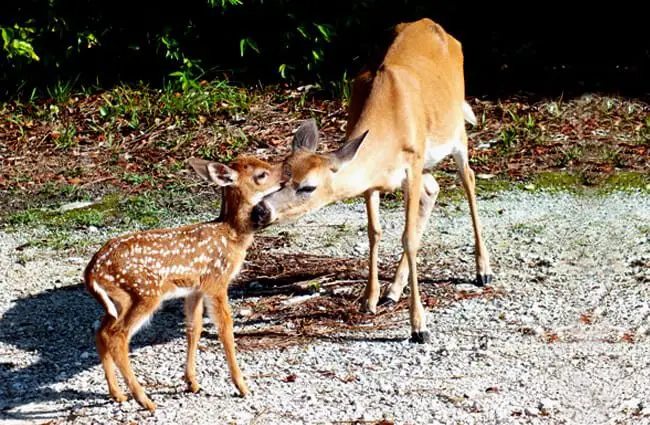

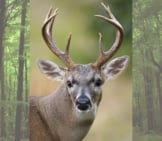
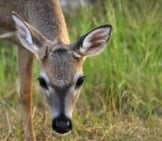
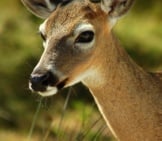

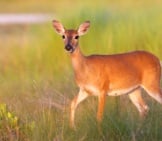
![Red Angus Closeup of a beautiful Red Angus cowPhoto by: U.S. Department of Agriculture [pubic domain]https://creativecommons.org/licenses/by/2.0/](https://animals.net/wp-content/uploads/2020/03/Red-Angus-4-238x178.jpg)












![Red Angus Closeup of a beautiful Red Angus cowPhoto by: U.S. Department of Agriculture [pubic domain]https://creativecommons.org/licenses/by/2.0/](https://animals.net/wp-content/uploads/2020/03/Red-Angus-4-100x75.jpg)

